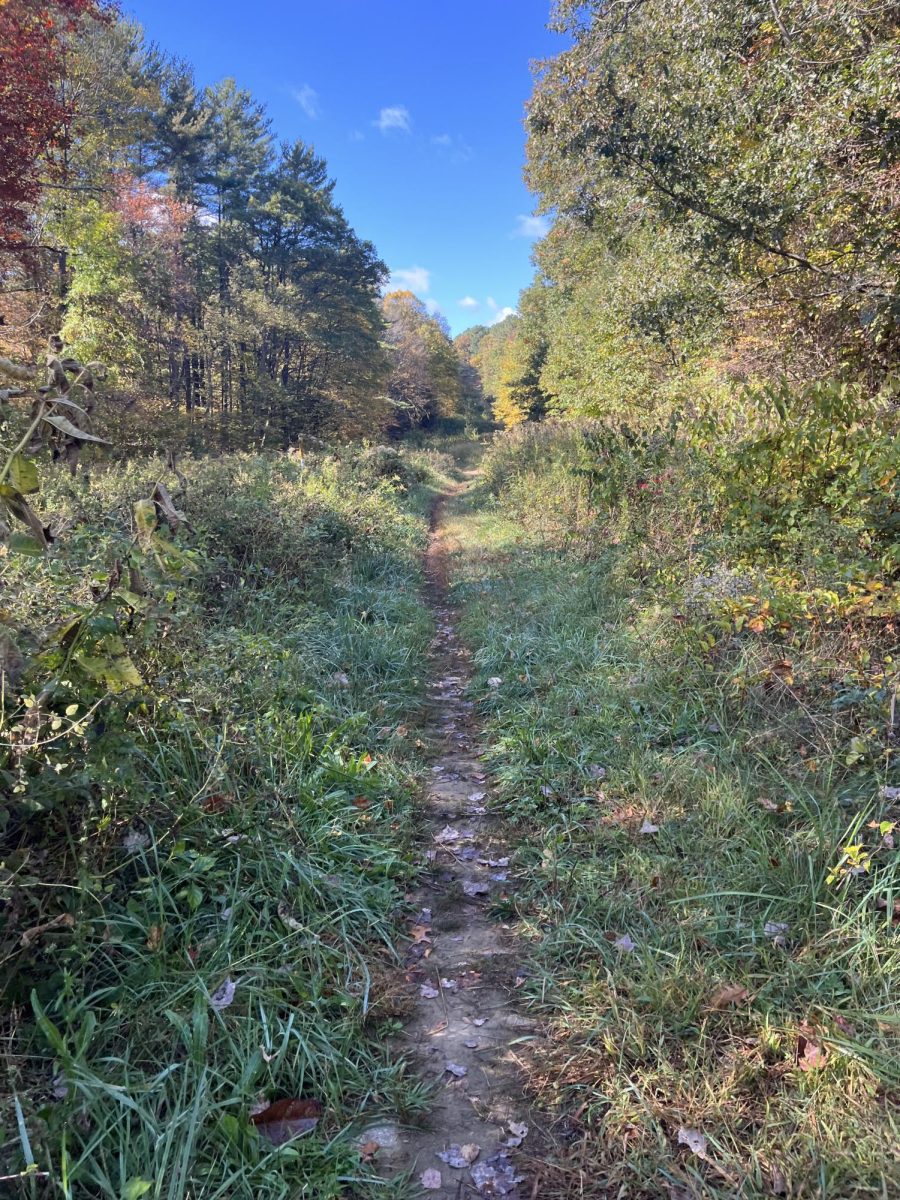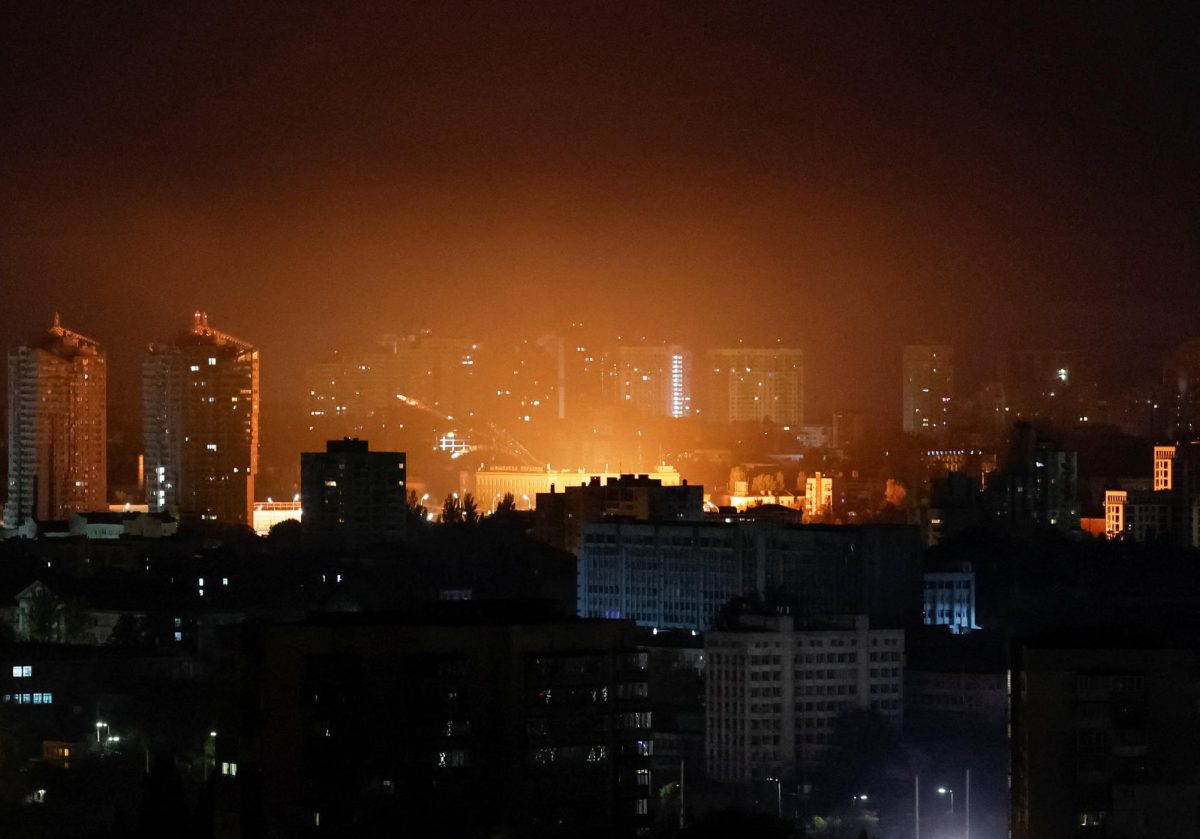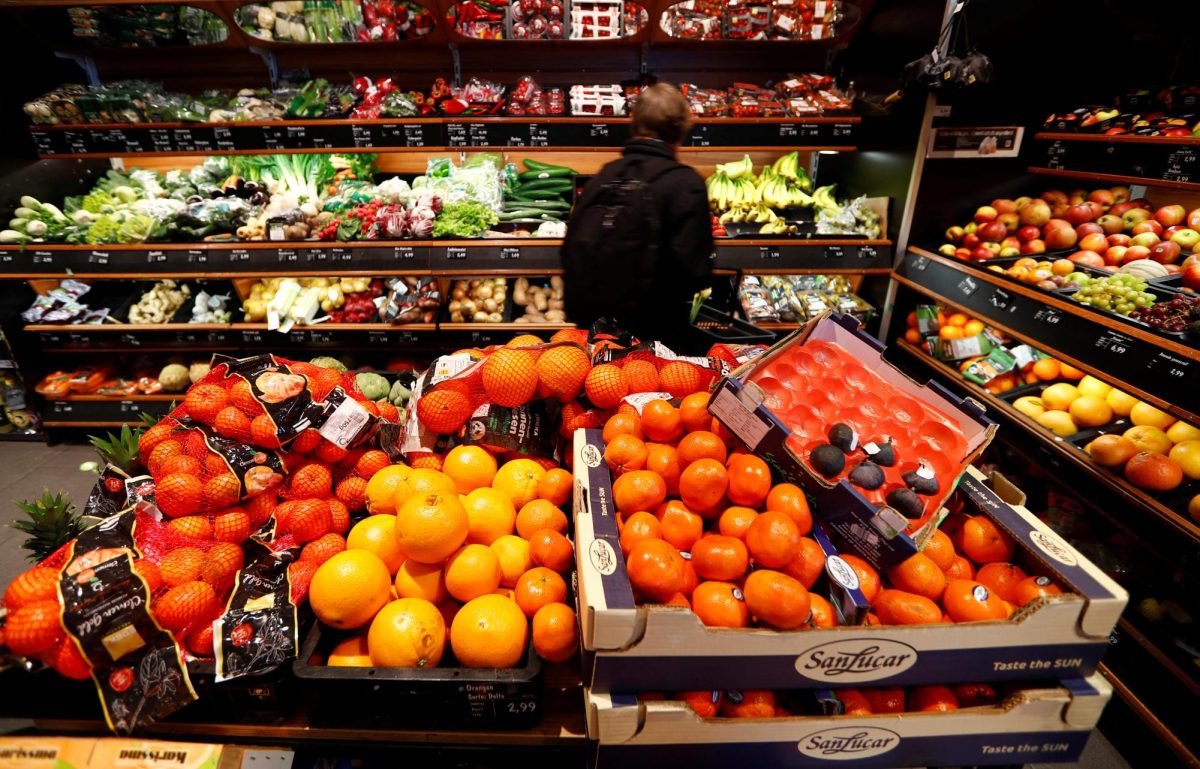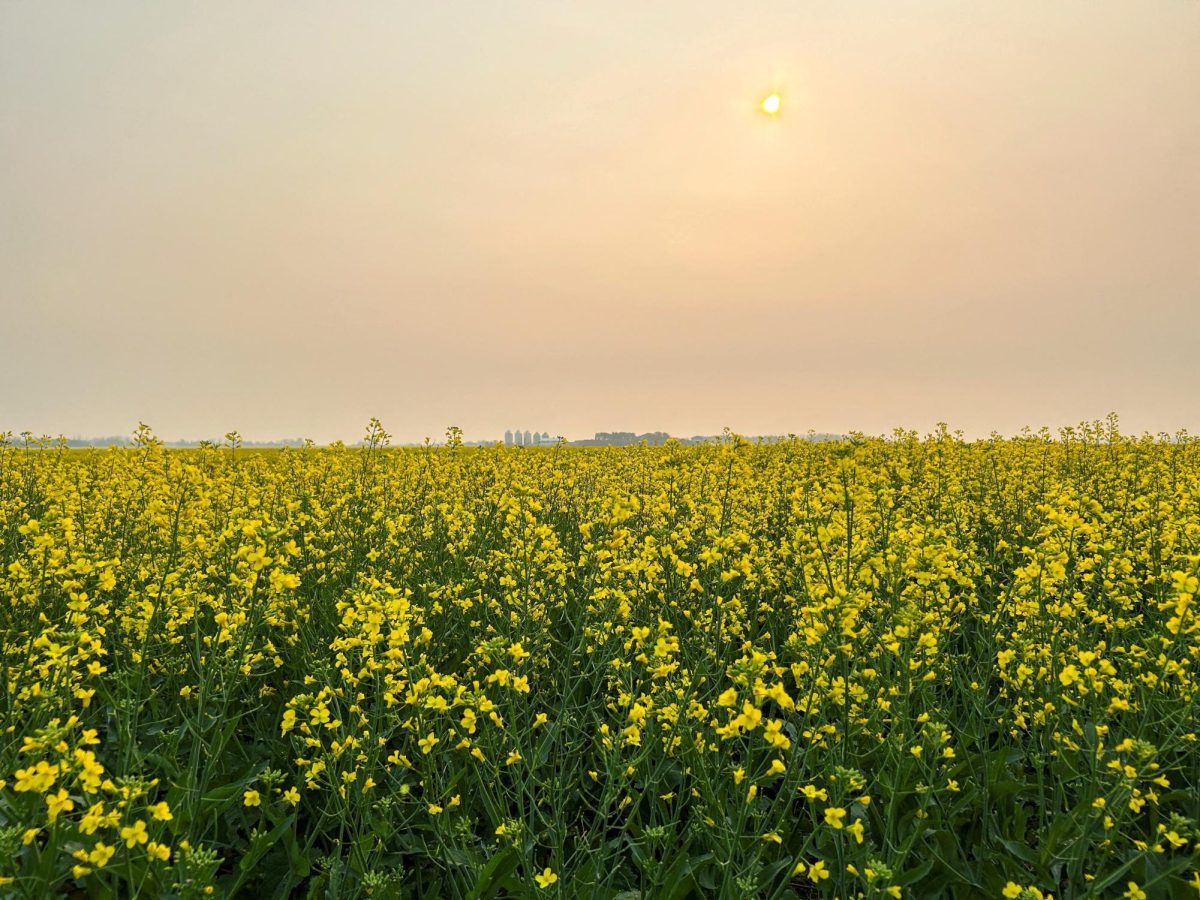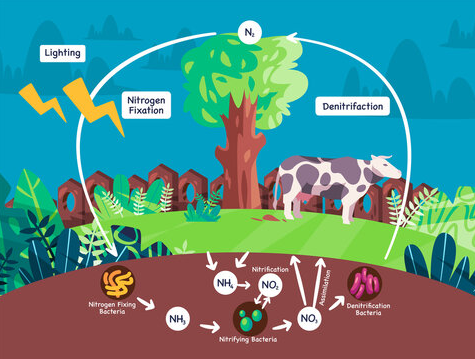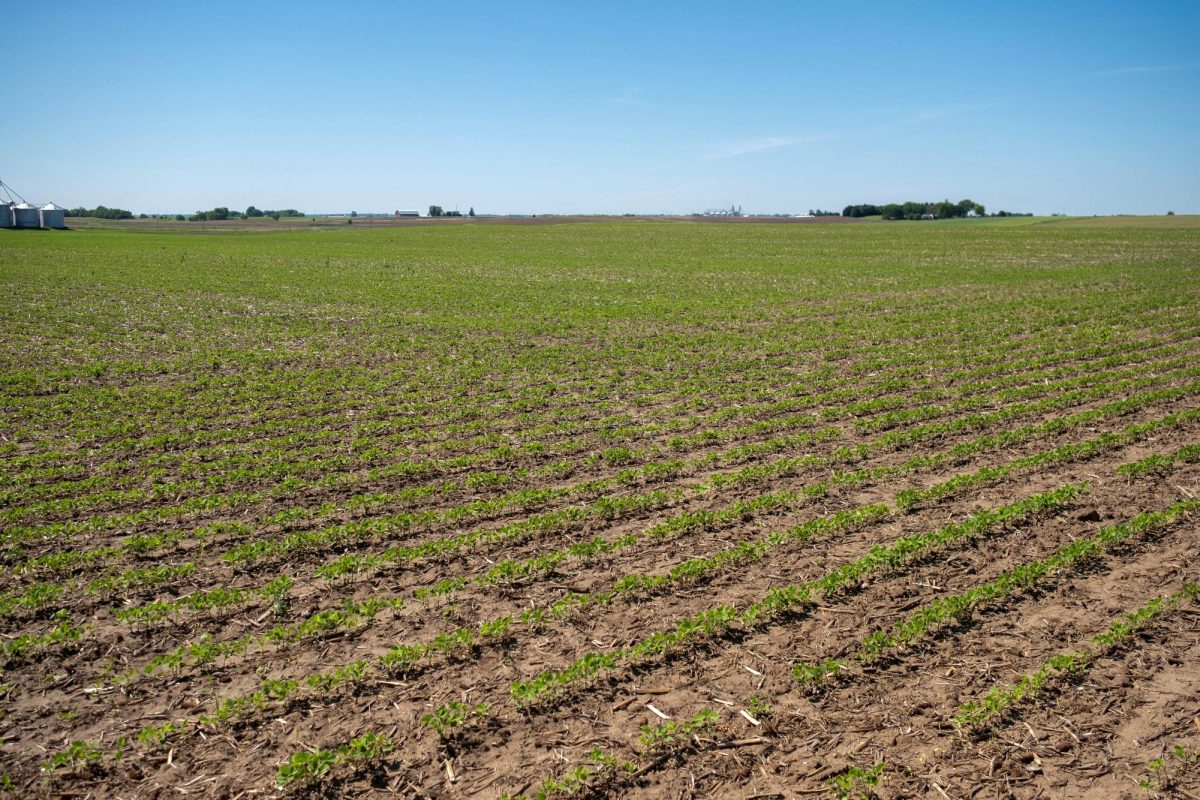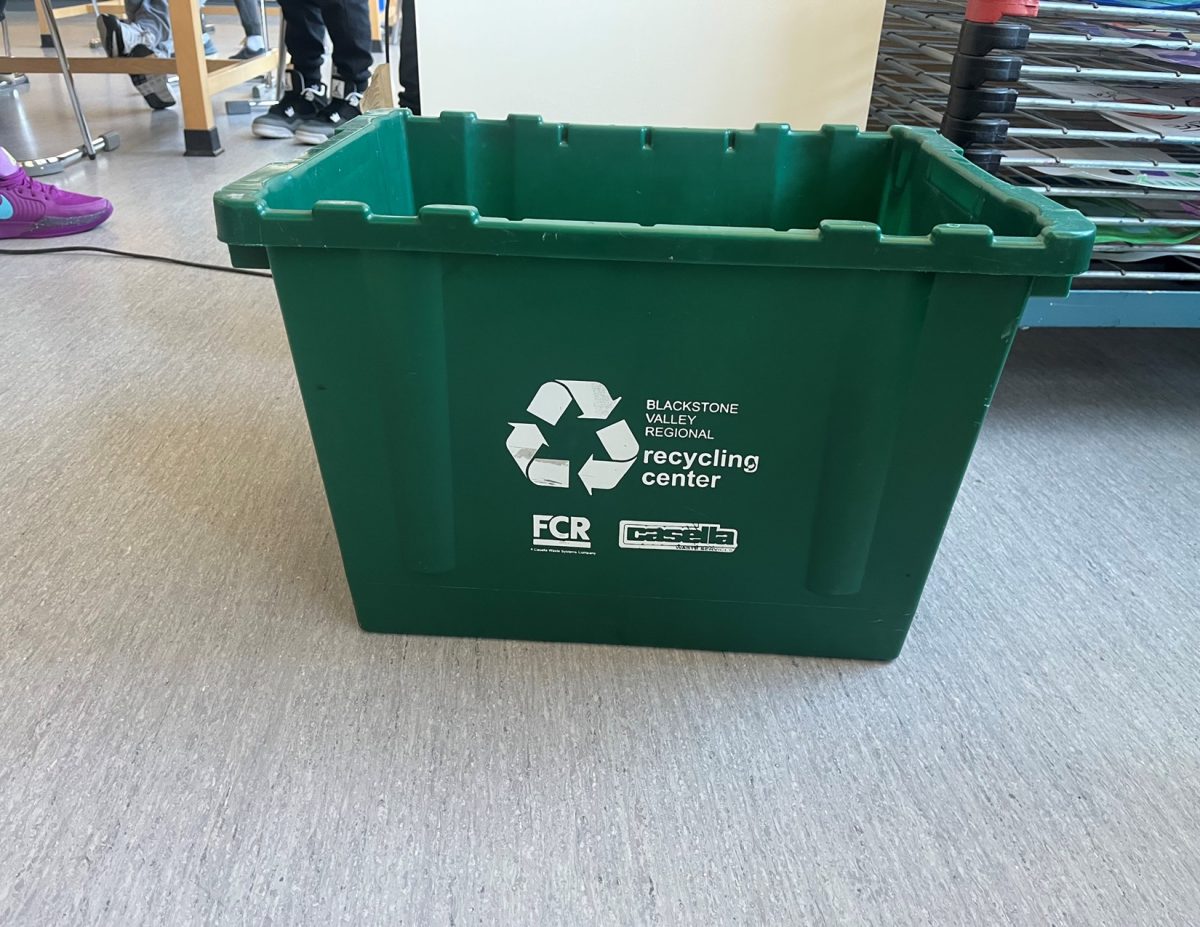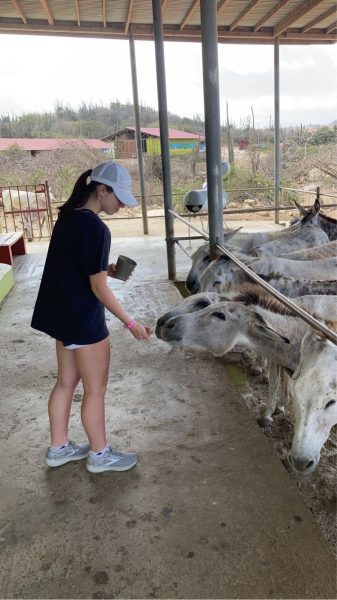The problems in the climate is causing problems with the ecosystems, weather, and environments. The World Health Organization projects that “direct chemical pollution of the air, land, water and workplace is causing two million deaths per year. Ecosystems and species are withering and dying.” Much of this has evidence in statistics, observation, and studies that can prove the changes on the earth.
The rise in sea level, shown by Climate Control group, shows that “flood coastal areas that are now home to 340 million to 480 million people, forcing them to migrate to safer areas and contributing to overpopulation and strain of resources in the areas they migrate to.” This could be detrimental to the survival of the mammals on land and the ecosystem due to the fact that there is carbon in the water. From human activity, the ocean absorbs “ about 30% of carbon dioxide released into the Earth’s atmosphere”(NOAA).
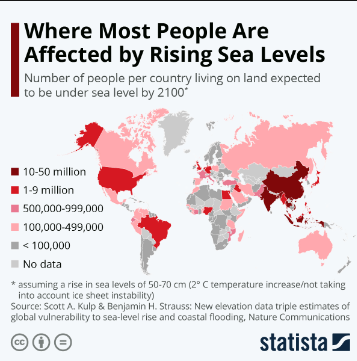
The UN and FAO are working “towards maintaining the proportion of fish stocks within biologically sustainable levels” from the polluted water. This would not be an issue except, “About 12% of the world relies upon fisheries in some form or another, with 90% of these being small-scale fishermen” (Earth Organization). The fish are being over caught causing an issue of there not being enough fish for other animals making a shift in the food chain in the ecosystem. As this progresses, the water is made up of acid as the PH shows.
Also, this water can be lakes or rivers, which is drinking water for many animals. This becomes an issue as the non absorbed is creating a combined issue of mass extinction for animals: “More broadly, a recent analysis has found that the mass extinction of wildlife on Earth is accelerating. More than 500 species of land animals are on the brink of extinction and are likely to be lost within 20 years; the same number were lost over the whole of the last century” (Earth Organization).
When animals are endangered, it make them more desirable to people that can cause the illegal trade pouching system to thrive. When animals become extinct, the ecosystem changes causing issues overgrazing and carnivorous animal diet problems.
When there’s no grass left the soil will be exposed. According to the United Nations, “about 40% of the planet’s soil is degraded.” Soil degradation is the loss of organic matter that causes change in condition and the decline in fertility in the soil. This is from the pollutants and toxic chemicals released into the atmosphere and from human activities such as farming. This affects food security.
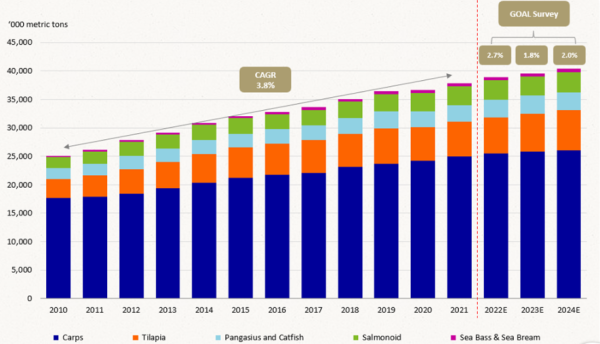
The Conscious Planet Organization states that “food security for billions of people around the world will be irreversibly compromised, with an estimated 40% less food expected to be produced in 20 years’ time despite the world’s population projected to reach 9.3 billion people.” World hunger has been one of the biggest problems, which will only be multiplied by the soil degradation and the polluted water. The increase in dwelling plants is a liability as the population will not be able to withstand the decrease in food, and neither will the animals.
What are some ways we can preserve our ecosystems?















